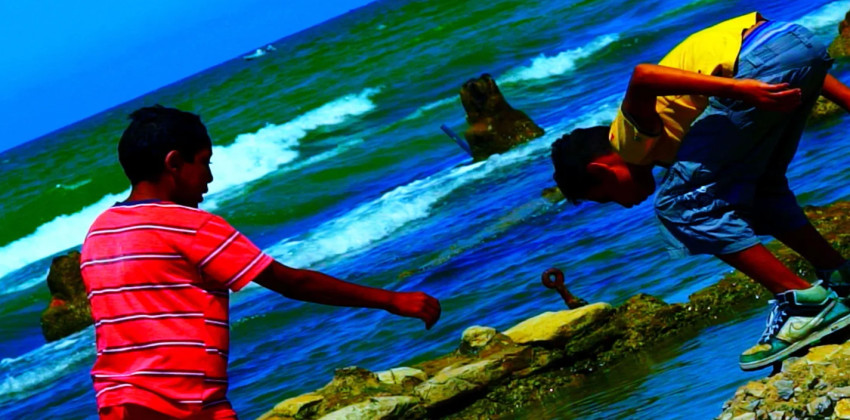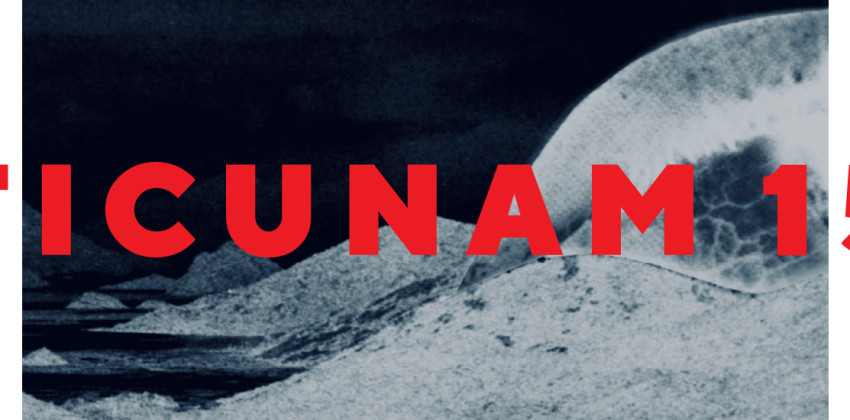
Jean-Luc Godard
Scénarios
Scénarios
Sección: Aragno / Miéville / Godard", Homenaje
Jean-Luc Godard
Sinopsis Español:En francés, “scénario” es la palabra que el cine usa para decir cómo cuenta sus historias. Este es el título que Jean-Luc Godard eligió para su último film, terminado literalmente un día antes de su muerte infligida. Esto no quiere decir que quedó incompleto, sino que su misma incompletud es lo que lo completaría. Y sin embargo Scénario, que luego pasó a llamarse Scénarios, es bidimensional: El ADN, los elementos fundamentales, y el IRM, la Odisea. El ADN es la firma biológica que le da al sujeto humano su singularidad; el IRM evoca imaginería médica y el sufrimiento que un cuerpo debilitado siente, y plantea al sujeto siendo disuelto a voluntad de las resonancias magnéticas. Entre estas dos polaridades, las cuales evocan el génesis de manera estrictamente materialista, la historia de una persona se despliega, una historia hecha de un revoltijo de notas e imágenes, condensadas en 18 minutos. Es la narrativa singular pero compartida de una vida atormentada por la muerte, puesto que este film es también una despedida, el lamento de un funeral. Los dos segmentos de este film comienzan con una serie de secuencias idénticas. Luego el segundo segmento diverge y termina en un autorretrato de JLG —sus últimas imágenes— sentado en su cama, a pecho descubierto, sin esconder el desgaste en su cuerpo, de una manera que se asemeja al retrato de Voltaire esculpido por Pigalle. Se filma a sí mismo transcribiendo el doble lógico e ingenioso apólogo de los no-dedos de Jean-Paul Sartre. Así termina Scénarios, justo como comenzó, con una repetición, la figura del eterno regreso, el momento donde el tiempo, esa gran —y quizá la única— cuestión del cine, ha cesado de correr.
Sinopsis Inglés:
In French, “scénario” is cinema’s name for how it tells stories. This is the title Jean-Luc Godard chose for his final film, which was literally completed the day before his self-death. This did not mean that it would remain unfinished, but that its very unfinishedness would make it complete. Yet Scénario, which then became Scénarios is twofold: DNA, fundamental elements, and MRI, Odyssey. DNA is a biological signature, which gives a human subject its uniqueness; MRI evokes medical imagery and the distress felt by a weakened body, and suggests the subject being dissolved at the whim of magnetic resonance. Between these two polarities, which evoke genesis and decline in a strictly materialistic way, a person’s story unfolds, one made up of a jumble of notes and images, condensed into 18’. It is a singular yet shared narrative of a life haunted by death, as this film is also a farewell, the lamentation of a funeral. The two segments of this film open with a series of identical sequences. The second segment then di- verges and ends on a self-portrait of JLG – his last images – sitting on his bed, bare-chested, he hides none of the wear on his body in the manner of Pigalle’s sculpted portrait of Voltaire. He’s filming himself transcribing Jean-Paul Sartre’s double logical and witty apologue on non-fingers: thus ends Scénarios, as it began, with a repetition, the figure of eternal return, the moment where time, which has been the great – if not unique – question of cinema, will have ceased to flow.





